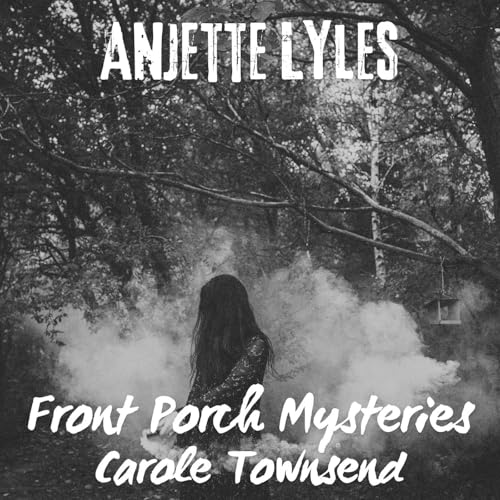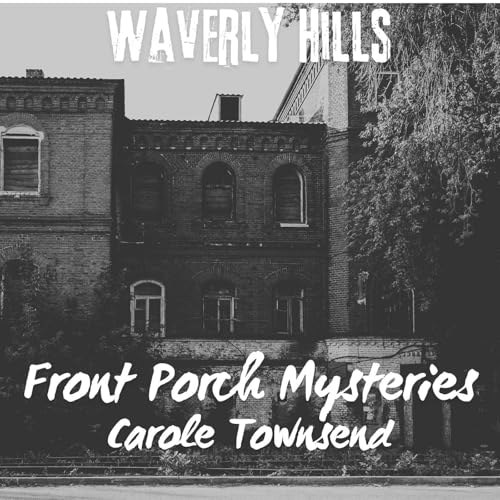
Front Porch Mysteries with Carole Townsend
カートのアイテムが多すぎます
カートに追加できませんでした。
ウィッシュリストに追加できませんでした。
ほしい物リストの削除に失敗しました。
ポッドキャストのフォローに失敗しました
ポッドキャストのフォロー解除に失敗しました
-
ナレーター:
-
著者:
-
Carole Townsend
このコンテンツについて
Author and veteran journalist Carole Townsend shares remarkable tales from the South, tales of mystery, terror, and wonder. Townsend has built a career on the premise that truth really is stranger than fiction.
Here in the South, we love our stories. We begin in childhood huddled around campfires, whispering of things best spoken in the dark, confiding in our small trusting circles. Why is that, do you suppose? I have researched and investigated Southern history for more than 20 years and I believe it has to do with this region itself. There's a lot that hangs in the ether here and much that is buried deep in the soil. There's beauty here in the South and shame and courage and, make no mistake, there is evil. There's always been the element of the unexplained, the just out of reach that we can all feel but can never quite describe. And the best place for telling tales about such things is the comfort and safety of an old front porch. So I invite you tonight to come up here with me, settle back into a chair and get comfortable, pour yourself a drink if you like, and I'll share with you some of the tales best told in the company of friends, tales that prove that truth really is stranger than fiction, and I'll turn on the light. You're going to want that. I'm Carole Townsend. Welcome to my front porch.
-
 2025/12/1629 分
2025/12/1629 分カートのアイテムが多すぎます
ご購入は五十タイトルがカートに入っている場合のみです。カートに追加できませんでした。
しばらく経ってから再度お試しください。ウィッシュリストに追加できませんでした。
しばらく経ってから再度お試しください。ほしい物リストの削除に失敗しました。
しばらく経ってから再度お試しください。ポッドキャストのフォローに失敗しました
ポッドキャストのフォロー解除に失敗しました
-
 2025/11/2023 分
2025/11/2023 分カートのアイテムが多すぎます
ご購入は五十タイトルがカートに入っている場合のみです。カートに追加できませんでした。
しばらく経ってから再度お試しください。ウィッシュリストに追加できませんでした。
しばらく経ってから再度お試しください。ほしい物リストの削除に失敗しました。
しばらく経ってから再度お試しください。ポッドキャストのフォローに失敗しました
ポッドキャストのフォロー解除に失敗しました
-
 2025/10/2923 分
2025/10/2923 分カートのアイテムが多すぎます
ご購入は五十タイトルがカートに入っている場合のみです。カートに追加できませんでした。
しばらく経ってから再度お試しください。ウィッシュリストに追加できませんでした。
しばらく経ってから再度お試しください。ほしい物リストの削除に失敗しました。
しばらく経ってから再度お試しください。ポッドキャストのフォローに失敗しました
ポッドキャストのフォロー解除に失敗しました


